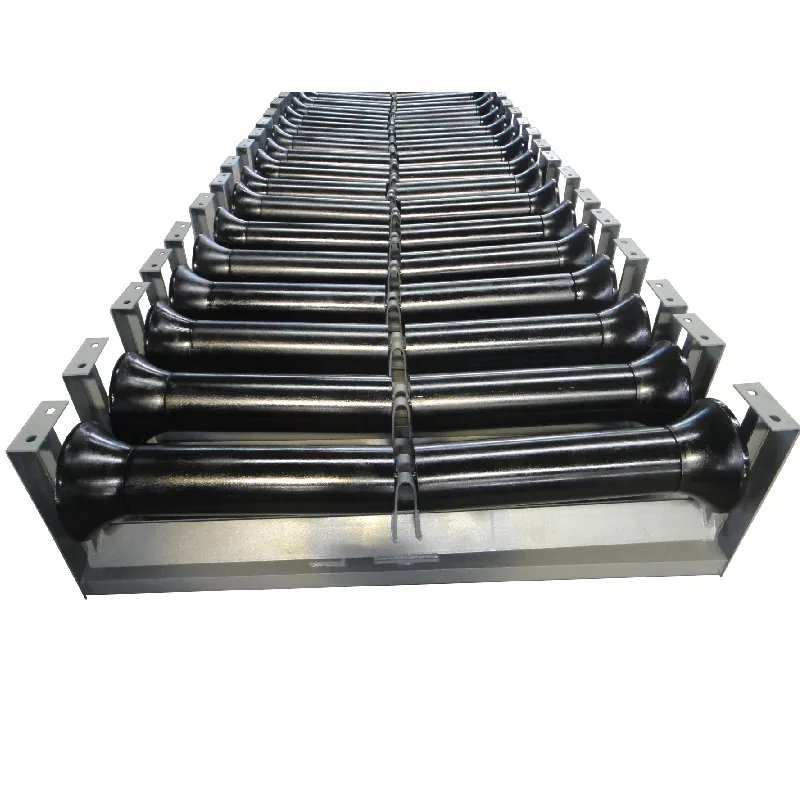 Afrikaans
Afrikaans  Albanian
Albanian  Amharic
Amharic  Arabic
Arabic  Armenian
Armenian  Azerbaijani
Azerbaijani  Basque
Basque  Belarusian
Belarusian  Bengali
Bengali  Bosnian
Bosnian  Bulgarian
Bulgarian  Catalan
Catalan  Cebuano
Cebuano  Corsican
Corsican  Croatian
Croatian  Czech
Czech  Danish
Danish  Dutch
Dutch  English
English  Esperanto
Esperanto  Estonian
Estonian  Finnish
Finnish  French
French  Frisian
Frisian  Galician
Galician  Georgian
Georgian  German
German  Greek
Greek  Gujarati
Gujarati  Haitian Creole
Haitian Creole  hausa
hausa  hawaiian
hawaiian  Hebrew
Hebrew  Hindi
Hindi  Miao
Miao  Hungarian
Hungarian  Icelandic
Icelandic  igbo
igbo  Indonesian
Indonesian  irish
irish  Italian
Italian  Japanese
Japanese  Javanese
Javanese  Kannada
Kannada  kazakh
kazakh  Khmer
Khmer  Rwandese
Rwandese  Korean
Korean  Kurdish
Kurdish  Kyrgyz
Kyrgyz  Lao
Lao  Latin
Latin  Latvian
Latvian  Lithuanian
Lithuanian  Luxembourgish
Luxembourgish  Macedonian
Macedonian  Malgashi
Malgashi  Malay
Malay  Malayalam
Malayalam  Maltese
Maltese  Maori
Maori  Marathi
Marathi  Mongolian
Mongolian  Myanmar
Myanmar  Nepali
Nepali  Norwegian
Norwegian  Norwegian
Norwegian  Occitan
Occitan  Pashto
Pashto  Persian
Persian  Polish
Polish  Portuguese
Portuguese  Punjabi
Punjabi  Romanian
Romanian  Russian
Russian  Samoan
Samoan  Scottish Gaelic
Scottish Gaelic  Serbian
Serbian  Sesotho
Sesotho  Shona
Shona  Sindhi
Sindhi  Sinhala
Sinhala  Slovak
Slovak  Slovenian
Slovenian  Somali
Somali  Spanish
Spanish  Sundanese
Sundanese  Swahili
Swahili  Swedish
Swedish  Tagalog
Tagalog  Tajik
Tajik  Tamil
Tamil  Tatar
Tatar  Telugu
Telugu  Thai
Thai  Turkish
Turkish  Turkmen
Turkmen  Ukrainian
Ukrainian  Urdu
Urdu  Uighur
Uighur  Uzbek
Uzbek  Vietnamese
Vietnamese  Welsh
Welsh  Bantu
Bantu  Yiddish
Yiddish  Yoruba
Yoruba  Zulu
Zulu Understanding Belt Training Idlers for Efficient Conveyor Systems
Understanding Belt Training Idlers Functions and Importance
Belt training idlers are crucial components in various industrial applications, particularly in conveyor systems and material handling processes. These idlers not only support the weight of the conveyor belt but also ensure its proper alignment and stability during operation. This article delves into the significance of belt training idlers, their types, and their role in enhancing the efficiency and longevity of conveyor systems.
At the heart of a conveyor system, belt training idlers play a pivotal role in maintaining the belt’s trajectory. When a conveyor belt runs, factors such as material load, belt tension, and operational characteristics can cause it to drift side to side. If left unaddressed, this misalignment can lead to increased wear on the belt and other components, ultimately leading to costly downtime and repairs. Belt training idlers ensure that the belt remains centered on the conveyor system, minimizing misalignment and extending the equipment's lifespan.
There are various types of belt training idlers, each designed to address specific operational challenges. The most common types include training rollers, pivoting idlers, and skewed idlers. Training rollers are typically positioned along the belt's edge to keep it centered, while pivoting idlers can adjust their angle based on the belt's alignment. Skewed idlers, on the other hand, are designed to create a slight angle on the belt’s surface, promoting proper alignment by nudging the belt back to its intended path.
belt training idlers

The importance of belt training idlers extends beyond mere alignment; they also contribute to energy efficiency. A well-aligned belt experiences less friction, which in turn reduces the power required to drive the conveyor. This efficiency not only lowers operational costs but also minimizes the environmental impact associated with energy consumption. In an era where sustainability is paramount, incorporating effective belt training idlers can be a step toward greener operations.
Regular maintenance and monitoring of belt training idlers are essential for optimal performance. Over time, wear and tear can compromise their function, leading to potential alignment issues. Routine inspections should focus on the condition of the idlers, ensuring that they are free from debris and that there is no excessive wear. Promptly addressing any wear or damage can help prevent larger problems down the road.
In conclusion, belt training idlers are indispensable for the smooth operation of conveyor systems. Their ability to maintain belt alignment not only enhances system efficiency but also prolongs equipment life and reduces operational costs. By investing in high-quality belt training idlers and committing to regular maintenance, businesses can ensure their conveyor systems operate at peak performance, ultimately improving productivity and reducing downtime. As industries continue to evolve, the role of these essential components in maintaining efficient material handling processes will only grow in importance.
-
Revolutionizing Conveyor Reliability with Advanced Rubber Lagging PulleysNewsJul.22,2025
-
Powering Precision and Durability with Expert Manufacturers of Conveyor ComponentsNewsJul.22,2025
-
Optimizing Conveyor Systems with Advanced Conveyor AccessoriesNewsJul.22,2025
-
Maximize Conveyor Efficiency with Quality Conveyor Idler PulleysNewsJul.22,2025
-
Future-Proof Your Conveyor System with High-Performance Polyurethane RollerNewsJul.22,2025
-
Driving Efficiency Forward with Quality Idlers and RollersNewsJul.22,2025





























